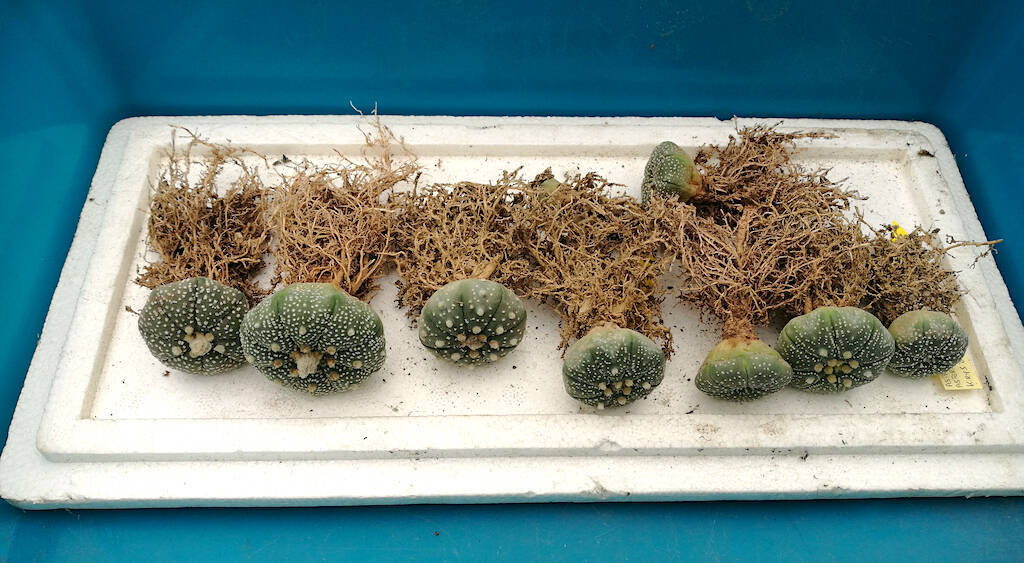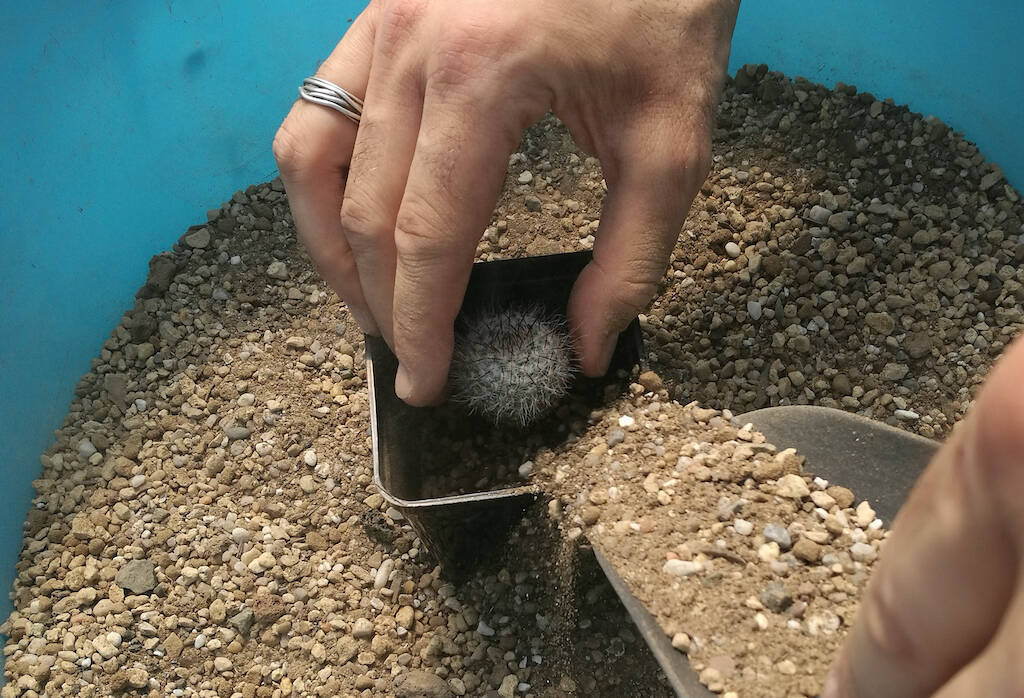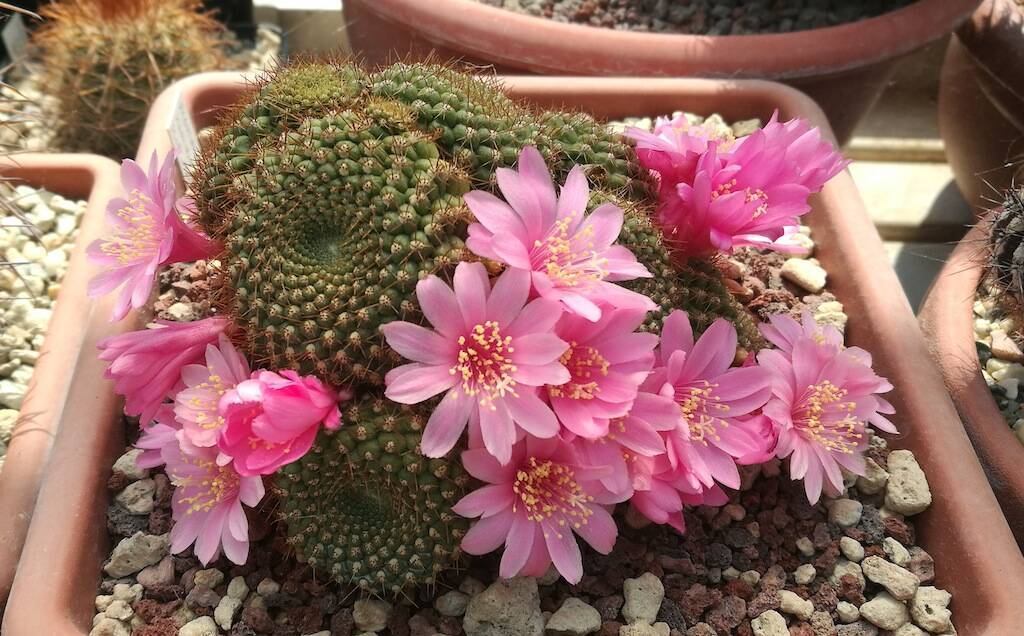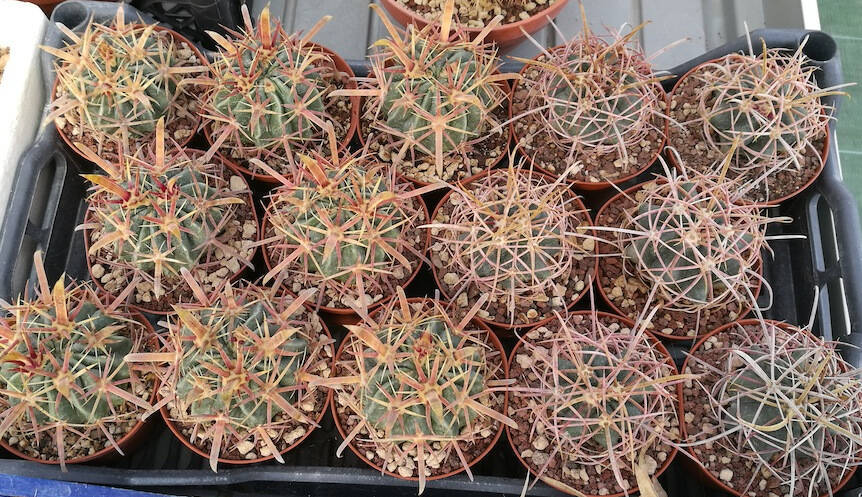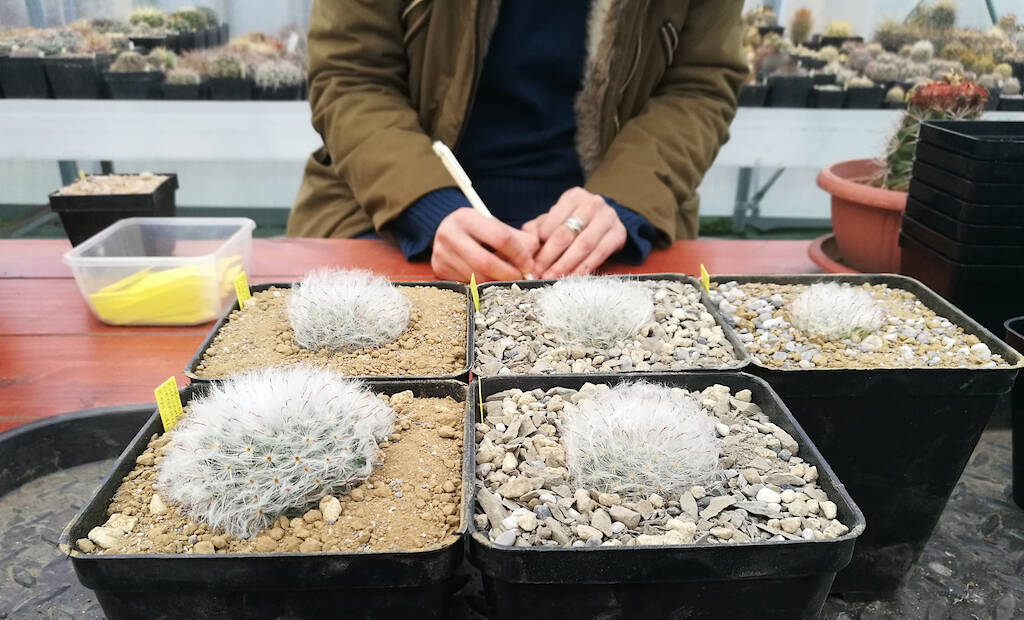Speaking of cactus sowings, a classic question, and one not infrequently asked with a fair amount of (unnecessary) apprehension, is: after how long should seedlings be repotted? In other words, when do the young seedlings need to be repotted and perhaps divided into individual pots? Again, as with many other “cactophilies matters”, the answer depends on various cultivation factors. Based on experience, however, it is possible to give general indications useful to those who experiment with sowing for the first time.
Let’s see in detail, in this article, everything we need to know about this fundamental step for the proper growth of plants from our sowing. (…)
Per proseguire nella lettura dell'articolo Accedi o Abbonati
To continue reading the article LogIn or Subscribe


